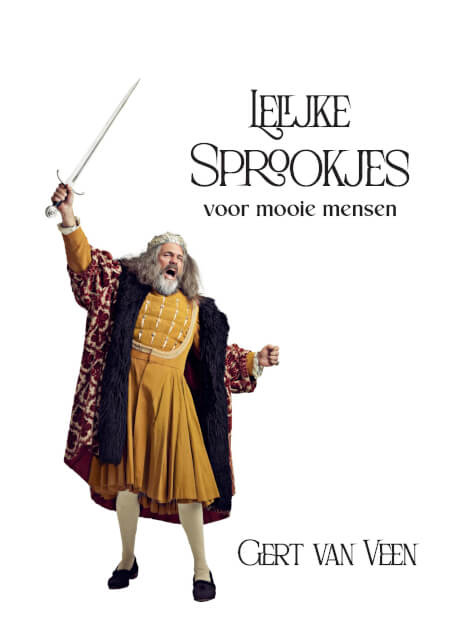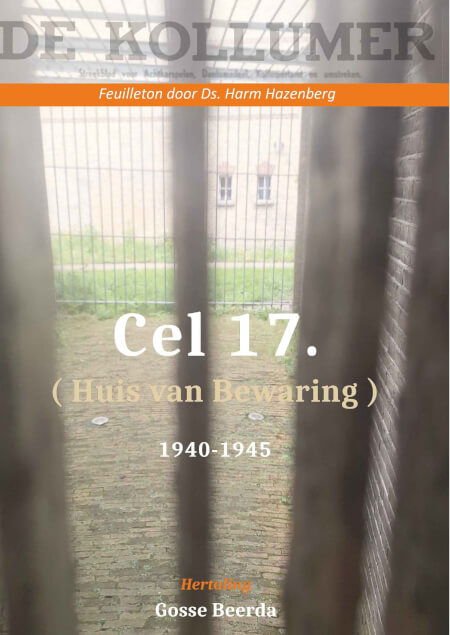Boeken
Filter:
Geen filters actief

Wat is het woord wiskunde...
R.c Palm
39,99

Kruimels zijn ook Chips
Lola Bontstola
24,95

Het is niet goed of het...
Lola Bontstola
29,95

Camellia's voor de Lage...
Niels Röling
56,70

OUD HOOGEVEEN....
Ronald Wilfred...
29,95

EEN DODE MEER OF MINDER
René...
23,50

De Juiste Afslag
Hans Peter Van...
24,95

Stray Hopes
Cathy Lombaerts
20,00

Tekort
Marieke...
22,00

Over de grens
Paul Jonker
19,95

DWARS!
Jan De Lint
26,95

Oefeningenboek Vacu�...
Bert Suurmeijer
20,00

Lelijke sprookjes voor...
Gert Van Veen
22,95

Cel 17 (Huis van Bewaring...
Gosse Beerda
12,65

Tjaerd Lous
N.j. Kemper
16,95

Gebonden aan controle
I. De Haan
17,95

Soldaat Marinus
Bob Cozijnsen
19,95

Verstrengeld in het...
I. De Haan
19,95

Longitudinal Relations...
Henrik...
23,00

Deuteronomium
Christopher...
31,50

Deuteronomium
Christopher...
37,50

Through the Lens
Markus Strucks
19,00

Transforming Arbitration
Maud Piers And...
24,00

Daar is in stilte heel...
Robert Arpots
37,60

Raadslid Cees Freeke Elf...
Cees Freeke
19,95

Fout Geld-4
Willem Mulder
22,99

Het huis van de piano
Ben Bouter
23,95

Je bent niet goed bij je...
Frans Brinkman
19,95

De kracht van tegenslag
Paul Woldhek
19,95

Drakenbloed
M...
25,95

Drakenbloed
M...
19,95

Zestig
Huib...
21,00

































